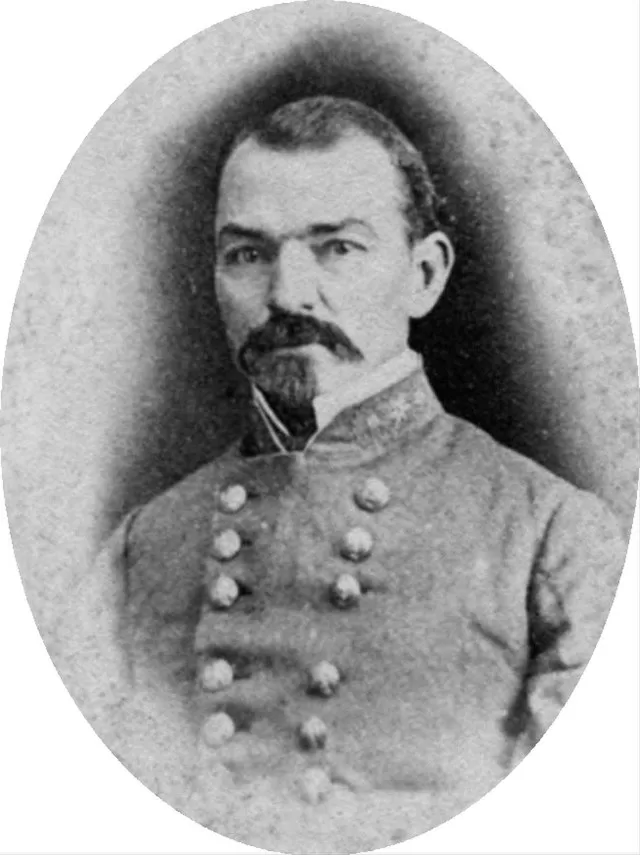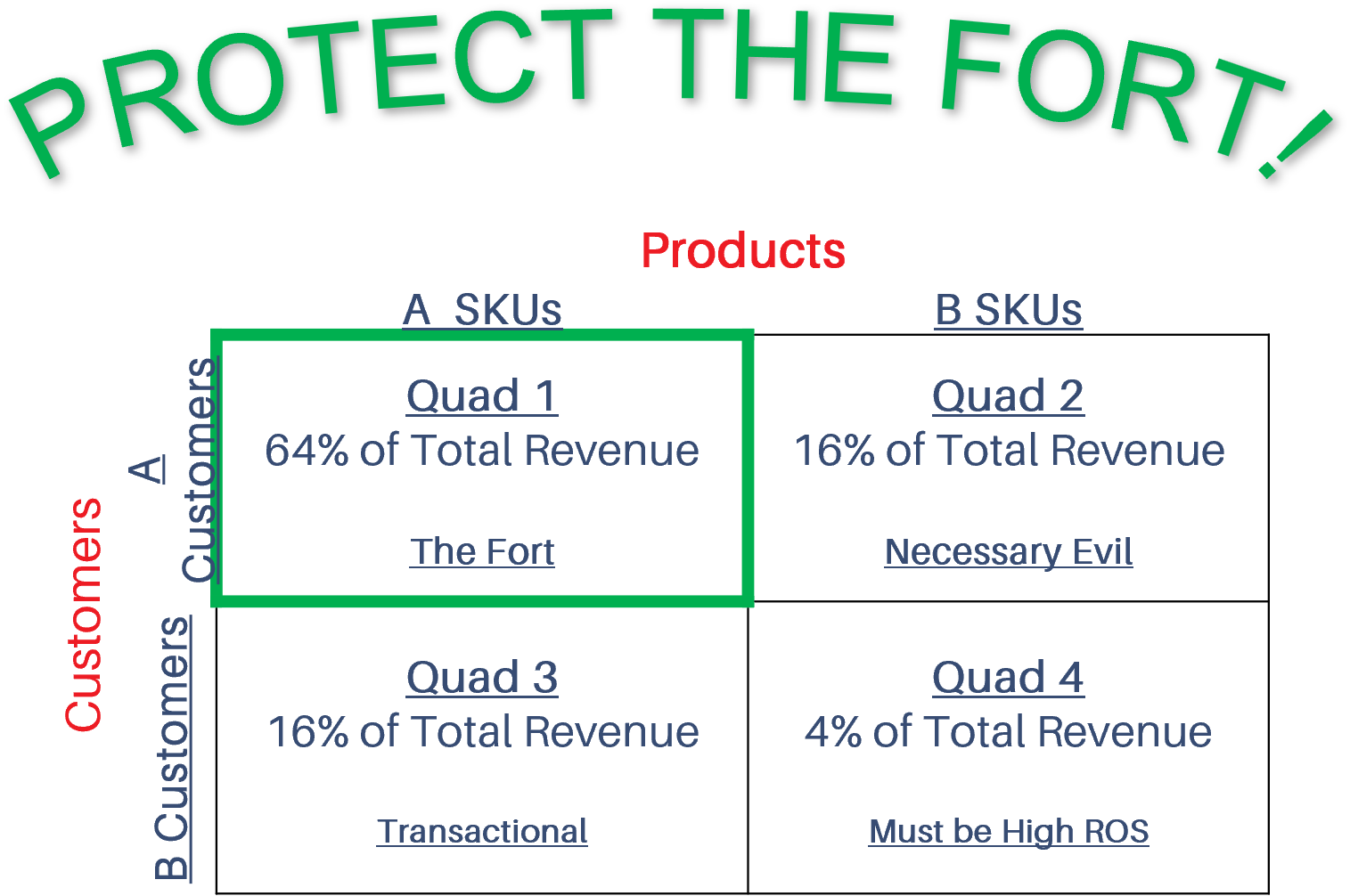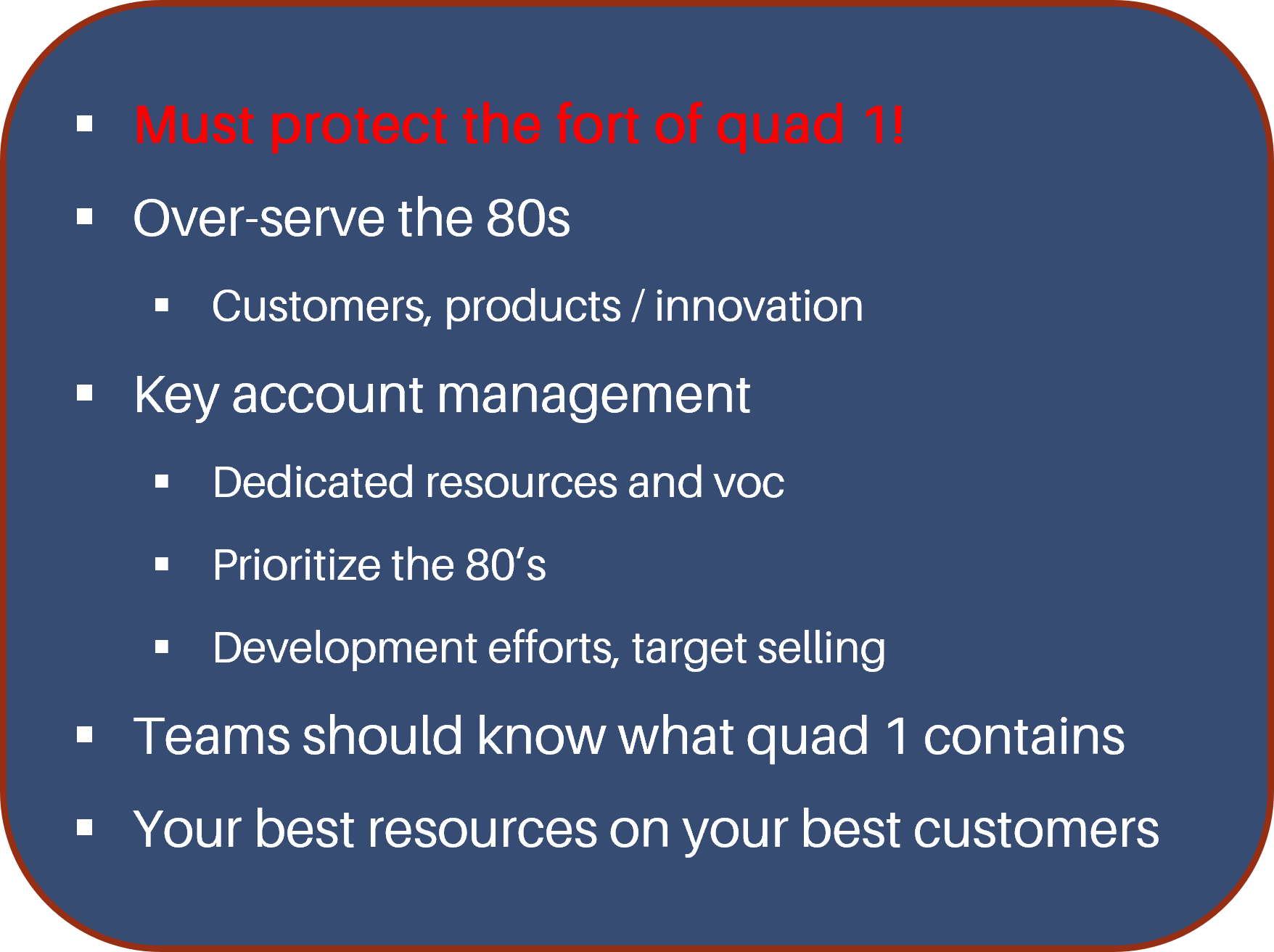80/20 Quad 1: Hold the Fort!
August 17, 2023

If you’ve read Gone with the Wind or seen the movie, you know about the Battle of Atlanta in the Civil War. General Ulysses S. Grant, General-in-Chief of the Union armies, said that his number two guy, General William T. Sherman, had “accomplished the most gigantic undertaking given to any general in the war.” He had captured Atlanta.
But Sherman wasn’t satisfied.
“I had not accomplished all,” he later wrote, “for [Confederate General John Bell] Hood’s army, the chief objective, had escaped.” As Sherman gave chase, Hood ordered his subordinate Alexander P. Stewart to attack the major Union supply base at Alatoona Gap in the Georgia hills. Stewart dispatched a division under Samuel G. French to do the job.

The resulting Battle of Allatoona Pass claimed one-third—killed or wounded—of both the Union and Confederate troops engaged. But, in the end, General Corse, though wounded, prevailed. The day after the battle, he sent a message to his CO, Sherman: “I am short a cheek bone and one ear but am able to whip all hell yet.” Replied Sherman: “Hold the fort. I am coming.”
That was in October 1864. Ever since, “Hold the fort” has meant hang on, even if you have to whip all hell.
This advice applies to Quad 1 of your 80/20 quadrant. This segment contains the intersection of the 20 percent of your company’s customers who buy the 20 percent of your products responsible for 80 percent of your net sales, or revenue, or profit, or whatever combination of these you choose as your index of value. These are the company’s A customers and A products.

Once you have analyzed the data and identified your top performers, put them in the Fort and never let them go. These are the customers and products you literally cannot afford to lose to any competitor. You don’t need luck to hold this fort. You need to apply time and your best people to serve these customers.
One way to hold the fort is to devote 80 percent of your resources to the job, using numbers to ensure that these customers and these products (and product categories) get the most attention. A better way, however, is to use 80/20 to analyze the volume of sales and the associated margins produced by your salespeople. Determine which of your sales professionals are consistently in the top 20 percent. Ensure that these people are assigned to Quad 1.
Instead of surrendering to the 80/20 Principle—the grim notion that 80 percent of your resources and effort produce just 20 percent of the value you create—use 80/20 to gain a competitive edge. Overdeliver to your Fort, not just by throwing more people at it, but finding the highest-performing people, and sending them in.

The customers in the Fort are your raving fans. Make them rave louder, and work to add to their number. Start by looking at Quad 2, the so-called “Necessary Evil,” which includes your B products bought by A customers. Figure out ways to squeeze more performance out of those products to get them into Quad 1. Even more important is Quad 3, B customers who buy A products. Find ways to convert as many of these B customers into raving fans—new A customers. But, whatever you do, first hold the fort!
